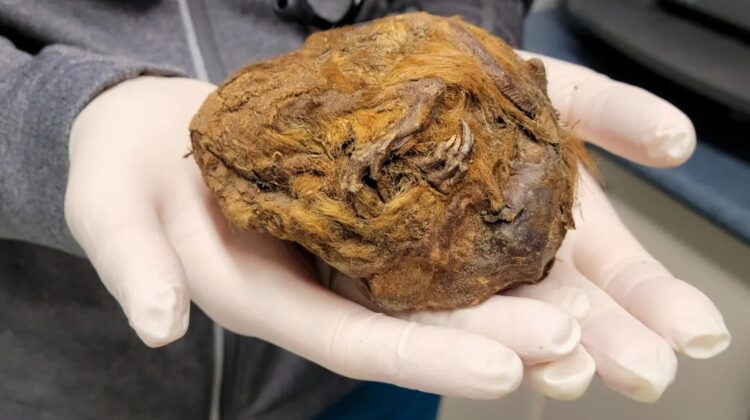
In the frosty depths of Canada’s Yukon, a remarkable discovery has emerged, offering a glimpse into the distant past of the Arctic wilderness. What initially appears as an unassuming fur ball turns out to be the exceptionally preserved remains of a 30,000-year-old Arctic ground squirrel, a testament to the power of permafrost as a natural time capsule.
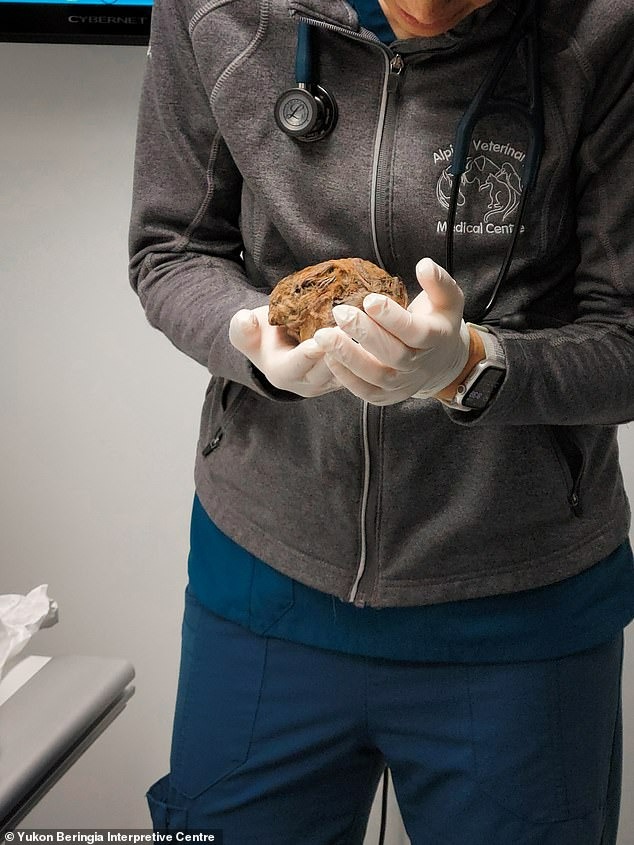
The find was recently unveiled by the Yukon Beringia Interpretive Centre, shedding light on a creature that lived millennia ago near Hester Creek in the Klondike Gold Fields, within the Trʼondëk Hwëchʼin Traditional Territory.
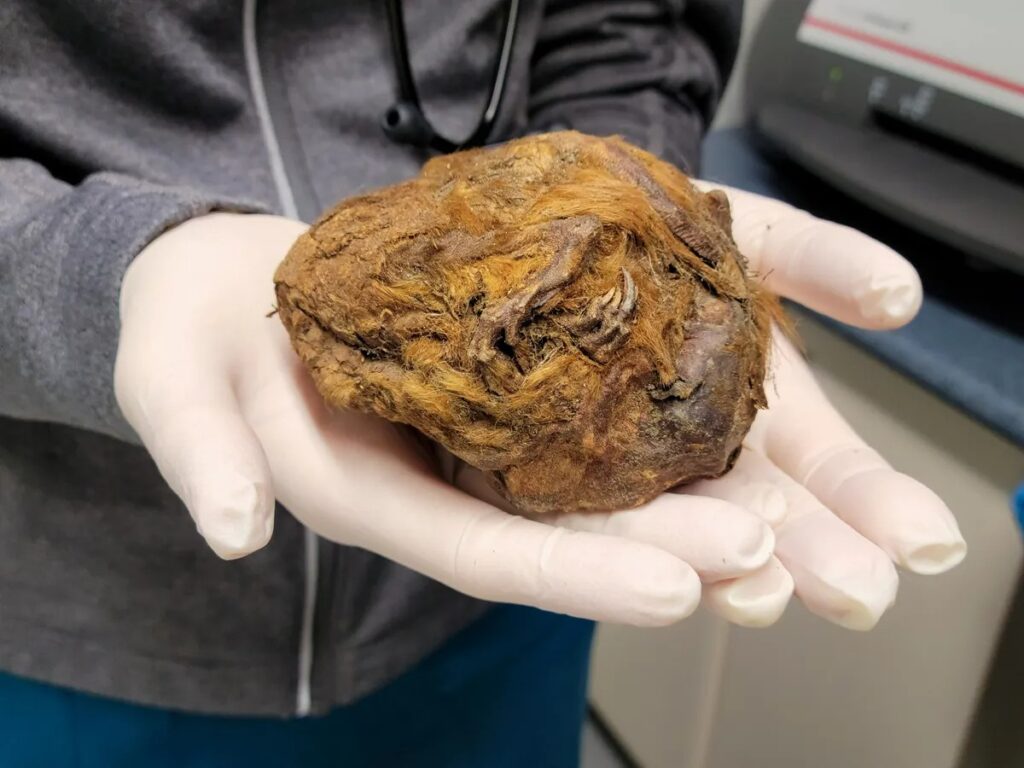
Upon close examination, the creature’s remarkable state of preservation becomes evident, with discernible features such as its tiny claws still intact. To further unravel the mysteries hidden within this ancient squirrel, the team enlisted the assistance of the Alpine Veterinary Medical Centre, conducting an X-ray that revealed an astonishingly well-preserved skeleton, albeit somewhat curled up.

The Yukon Beringia Interpretive Centre plans to make this extraordinary specimen accessible to the public, where it will be displayed at the Beringia Centre for all to marvel at. Grant Zazula, a palaeontologist for the Yukon government, expressed his awe at the find, saying, “I study bones all the time and they’re exciting, they’re really neat. But when you see an animal that’s perfectly preserved, that’s 30,000 years old, and you can see its face and its skin and its hair and all that, it’s just so visceral. It brings it so to life.”

Despite the vast expanse of time that has elapsed since the squirrel’s demise, it has remained remarkably well-preserved, thanks to its entombment in permafrost. This natural deep freeze acted as a prehistoric refrigerator, maintaining the squirrel’s tissues in a pristine condition.
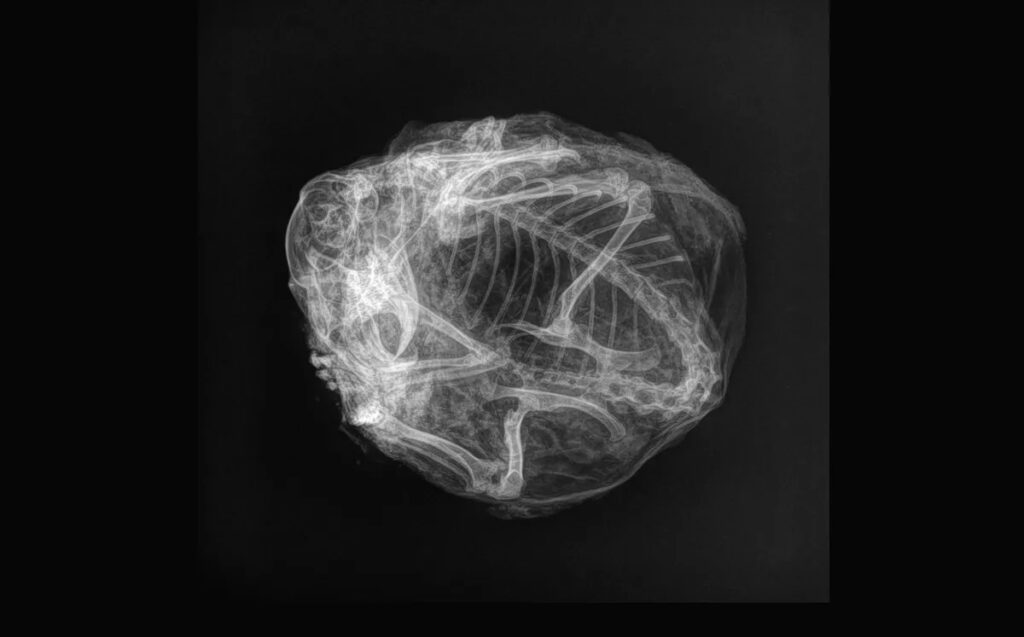
The curled-up position of the squirrel hints at a quiet and peaceful end. It is plausible that this little creature was settling into hibernation within its burrow when an unforeseen snowfall buried it, sealing its fate.
The Yukon region in Canada has proven to be a treasure trove of prehistoric remains, frozen in time since the Ice Age. Just last year, miners in the Trʼondëk Hwëchʼin Traditional Territory unearthed a baby mammoth with fur and skin so well-preserved that it still retained its ancient textures.
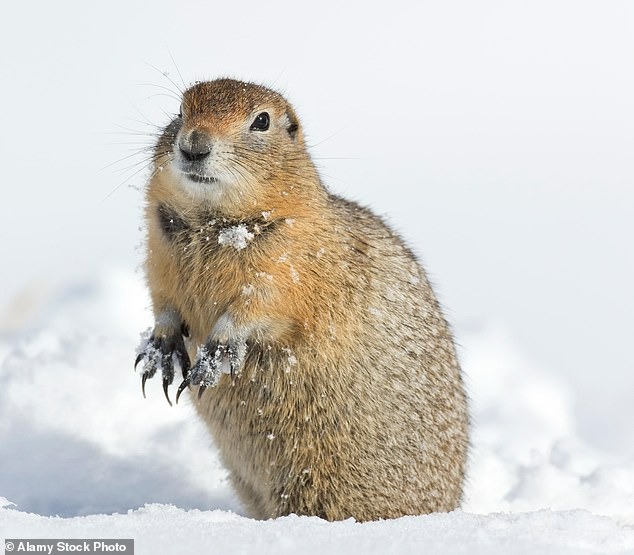
In 2020, a mummified wolf puppy, estimated to be 57,000 years old, emerged from the permafrost, offering a startlingly vivid snapshot of an ancient predator, complete with intact soft tissues and a fierce snarl frozen in time.
This remote part of the world once hosted a diverse array of Ice Age inhabitants, including wild horses, woolly mammoths, Beringian lions, and giant short-faced bears. Through the frozen relics that have been unearthed, we gain valuable insights into a bygone era, piecing together the intricate puzzle of a unique and awe-inspiring ecosystem.
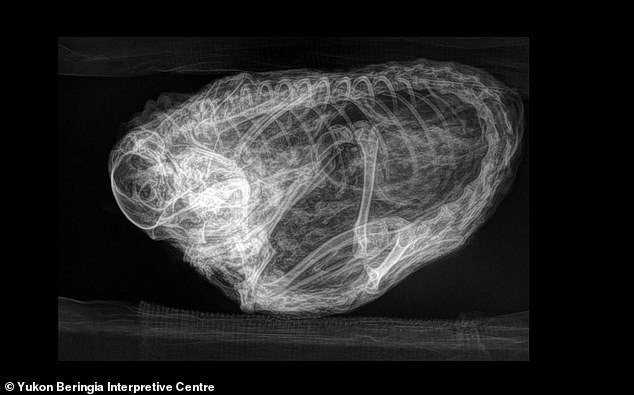
In a parallel development in the realm of permafrost preservation, scientists in Russia have embarked on a study of an 8,000-year-old bison found in the Siberian permafrost, with some daring to dream of potentially using its DNA for cloning purposes.

Leave a Reply